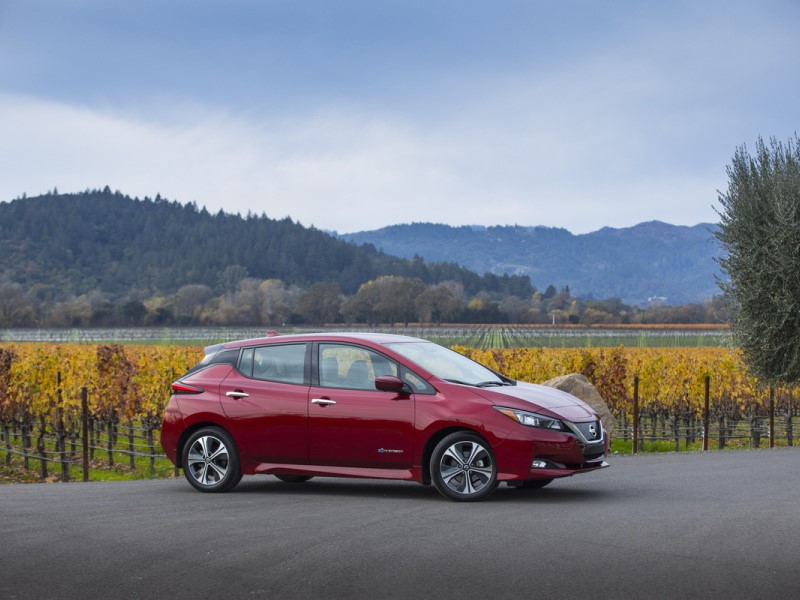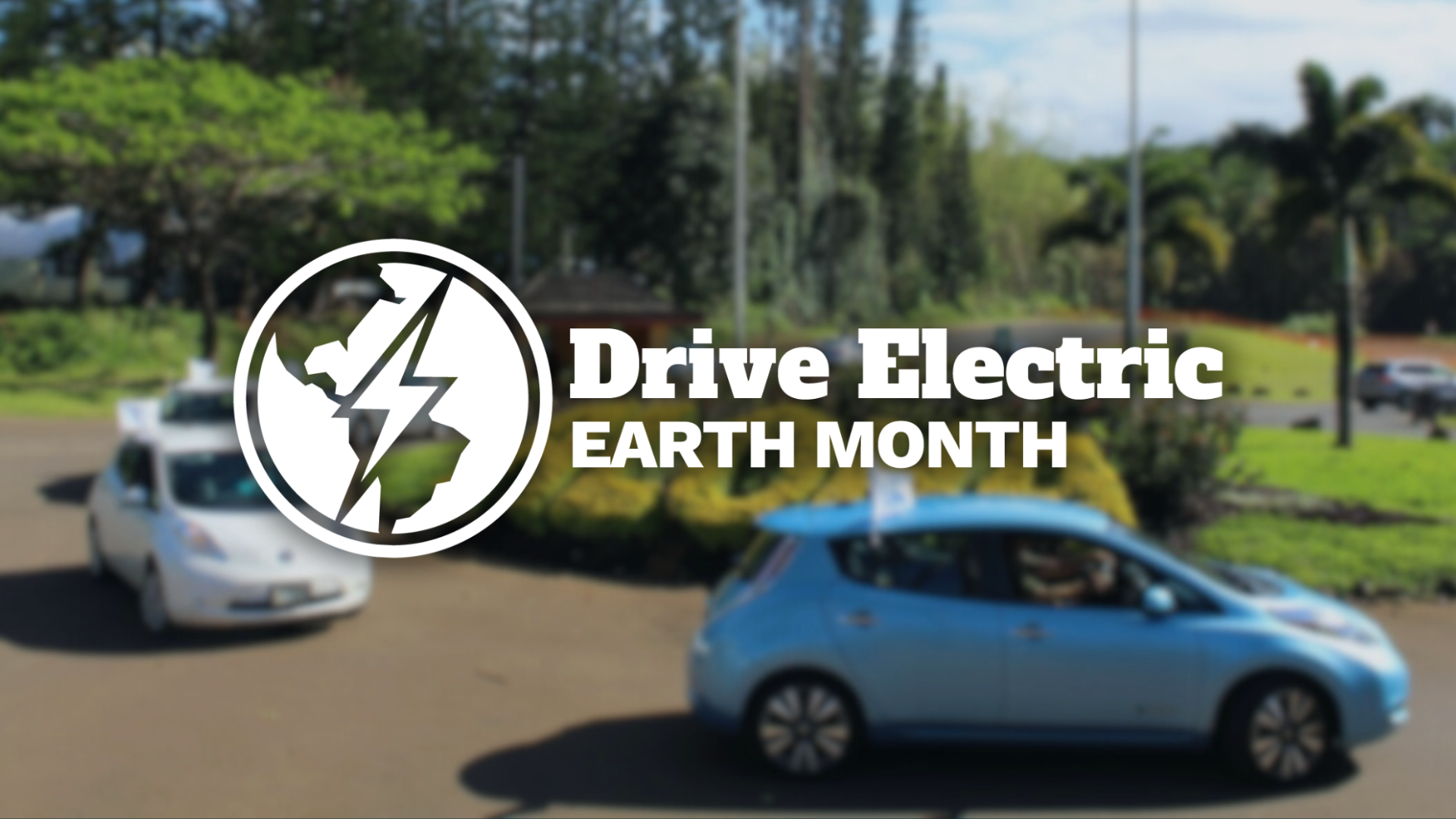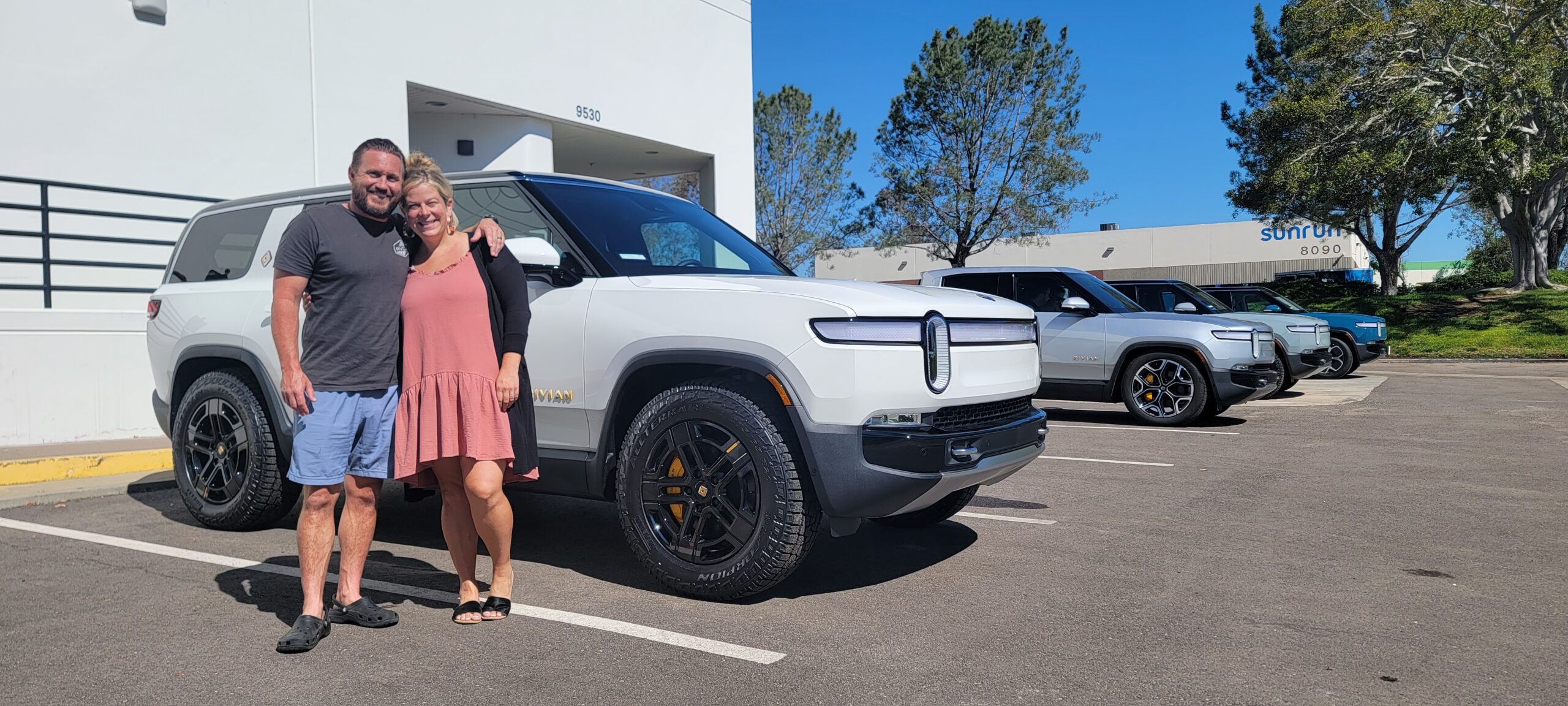With summer around the corner, EV drivers across America will soon be taking to the roads in droves to head out on warm weather road trips. Taking a road trip in an electric car can be a much superior experience to a gas car—if you know what steps to take. Whether it’s a day trip out to a scenic location or a full on cross-country trek, here are a few tips and tricks for your EV road trip.
Control your climate control
Let’s start by pointing out that nobody wants to drive hundreds of miles uncomfortably, but with electric cars there are ways to minimize your cabin energy usage while maintaining your level of comfort. If you’re driving in a cold climate, try to use seat heaters and steering wheel heaters, if you have them, rather than the cabin heater. Heating the whole cabin requires more energy to run the heat pump, which could cause some range loss. If you’re hitting the road in a hotter climate, first try using only the fan. If that won’t keep you cool enough, most EVs have an “eco” climate mode that will run the air conditioner at a lower power setting, saving a bit of energy while keeping the cabin cool. Now, if you’re driving through the Nevada desert and really need the full power of modern air conditioning, definitely do use it! Note that it is more efficient to use your air conditioner than it is to roll down the windows. Driving with the windows down creates more drag on the vehicle and reduces range. It’s best to stay as aerodynamic as possible.
Plan your route
Taking a road trip in an EV is a bit like flying an airplane—it requires a little planning to be successful. When planning your charging route, make sure you have backup plans in case chargers are full of cars or out of order. Check out your route on PlugShare.com first and see where the available chargers are. Make sure that the fast chargers will work with your EV—if you have a Chevy Bolt, don’t count on using a CHAdeMO fast charger to keep you in the game; likewise, Nissan LEAF drivers won’t be able to use CCS fast chargers. Try to pick charging stations that aren’t too far off your route of march, and look to use fast chargers as much as possible; don’t worry, they won’t hurt your battery if you’re just using it on a road trip. Also, be sure to make sure the charging stations are in working order; PlugShare makes this easy to do with its “check in” function that allows drivers to report when charging stations are working or out of order. For the most part, EV charging stations are very reliable and robust pieces of equipment, and major charging companies regularly service downed chargers, quickly returning them to operational status. Locations with more charging stations provide better redundancy and can mitigate the chances of being stuck without a working charger.
Overnight charging
If your road trip is a multi-day adventure and you plan to stay overnight at hotels/motels, look for accommodations with EV charging, using resources like PlugShare or ChargeHotels, or call your hotel and see if they offer overnight charging to guests. If the hotel has Level 2 240-volt chargers or spaces with 120-volt plugs nearby, ask if you can reserve the spaces for the night. Even if they don’t have designed Level 2 charging stations, a simple 120-volt outlet is good enough to get a useful charge in 8-12 hours. If they don’t have either, kindly suggest that they offer it as a service to EV guests; if you knew that a certain hotel or motel offered charging, wouldn’t you be more likely to stay there? For long road trips, charging overnight can greatly speed up your rate of travel, especially so if you can use a Level 2 charger and have a long-range all-electric.
Have a backup
While today’s electric cars have quite a long range and charging stations are proliferating across the country, it’s always wise to plan for a hiccup. All electric cars come standard with a portable 120-volt Level 1 charger that allows the vehicle to recharge from a standard wall outlet. Be sure to bring this charger along on your trip as a backup plan. If you’re driving an all-electric, this could be a real lifesaver if you can’t find a working charger nearby. For an additional peace of mind, there are portable 240-volt Level 2 chargers available, but remember, you need a 240-volt outlet to utilize these chargers.
That’s all for now! Go forth and do great things, EV drivers, and remember, road trippin’ in an EV is the American way.


